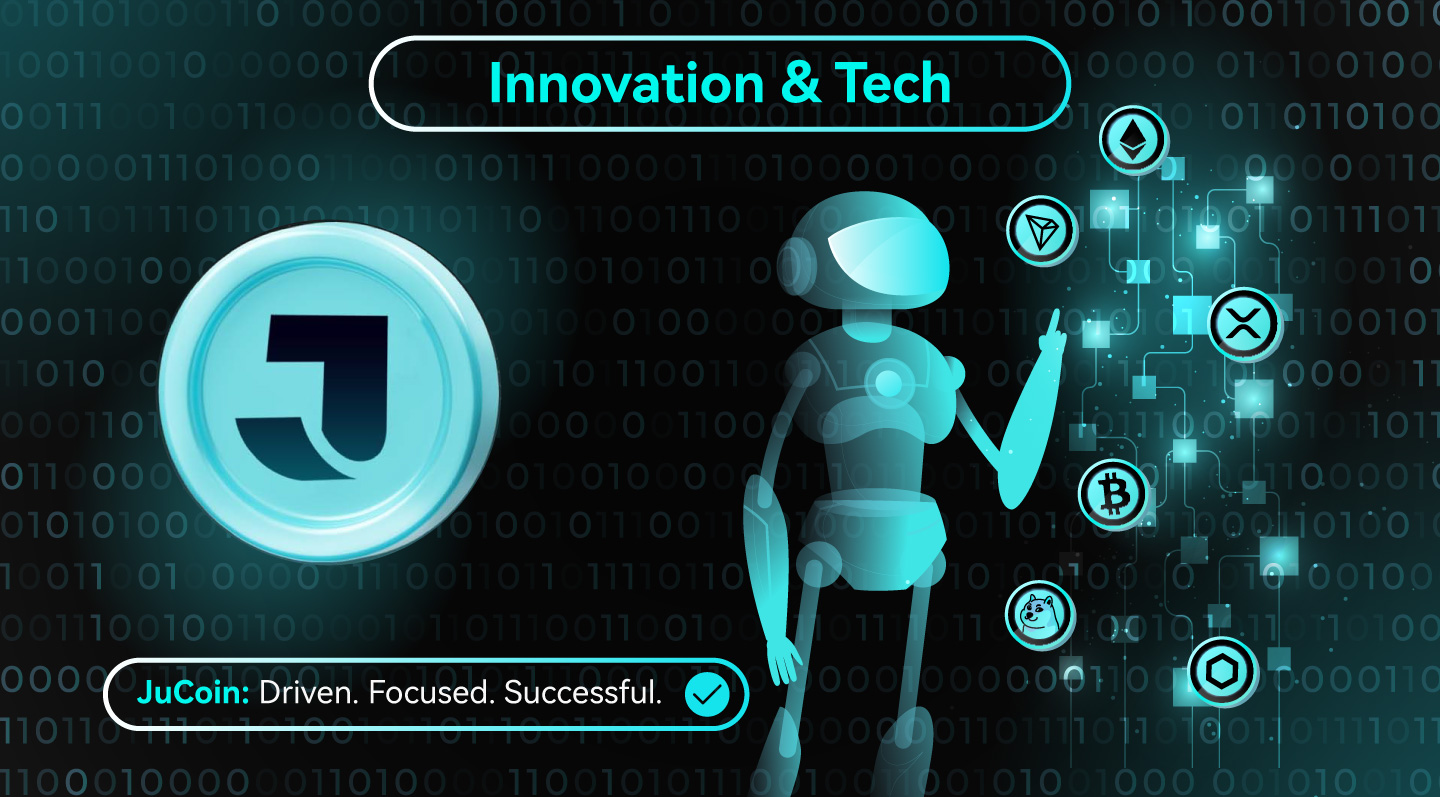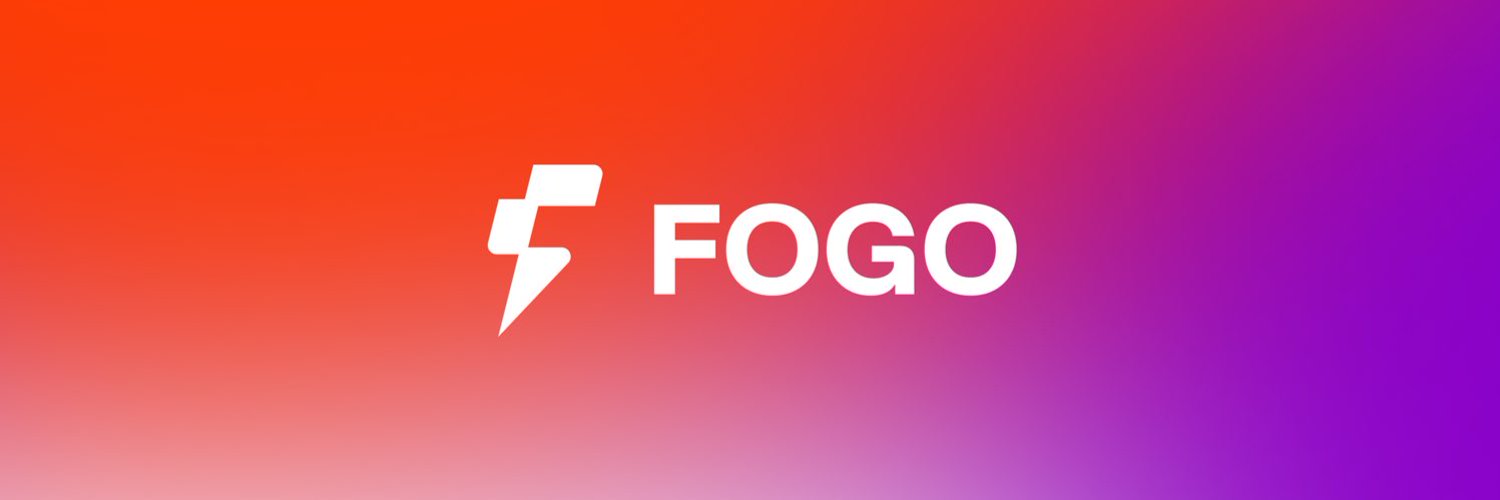
Fogo blockchain represents a breakthrough in blockchain architecture, building the first Layer 1 chain exclusively powered by Firedancer to achieve institutional-grade trading performance. This Innovation and Tech analysis examines how Fogo’s radical approach to consensus and client optimization could redefine high-frequency trading infrastructure across decentralized markets.
Summary: Fogo blockchain raised $13.5 million across two funding rounds to build a specialized SVM Layer 1 focused on ultra-low latency trading. The protocol achieves 40-millisecond block times through pure Firedancer implementation, multi-local consensus, and curated validator sets optimized for institutional finance applications.
What is Fogo Blockchain and Its Core Innovation?
Fogo blockchain operates as a Solana Virtual Machine (SVM) compatible Layer 1 blockchain specifically engineered to bridge the performance gap between traditional finance and decentralized systems. Unlike conventional blockchains that sacrifice speed for decentralization, Fogo implements three revolutionary architectural choices that enable institutional-grade performance without compromising security.
The protocol runs exclusively on Firedancer, Jump Crypto’s high-performance Solana client that dramatically outperforms standard implementations. While most networks are bottlenecked by their slowest client, Fogo achieves network-wide optimization by standardizing on the fastest available technology. This approach allows the blockchain to process over 46,000 transactions per second with block times as low as 20 milliseconds in development environments.
Multi-Local Consensus Innovation
Fogo blockchain’s most distinctive feature involves its “follow the sun” consensus model, where validators dynamically relocate to different geographic zones based on trading activity patterns. During Asian market hours, validators might colocate in Singapore or Hong Kong, then migrate to London for European sessions, and finally to New York for American trading periods.
This dynamic consensus system maintains decentralization while achieving the co-location benefits traditionally available only to high-frequency trading firms. When validators operate within the same data center, network latency approaches hardware limits, enabling real-time price discovery and instant trade execution that rivals centralized exchanges.
Funding Success and Market Validation
Record-Breaking Community Fundraising
Fogo blockchain’s funding trajectory demonstrates strong institutional confidence in its technical approach. The project completed a $5.5 million seed round led by Distributed Global in December 2024, followed by an $8 million community round through Echo platform that sold out in under two hours.
Key funding metrics include:
- Total Raised: $13.5 million across two rounds
- Valuation: $100 million fully diluted
- Community Participation: Over 3,000 angel investors via Echo platform
- Notable Backers: CMS Holdings, Big Brain Collective, Patrons, The Echonomist
The rapid sell-out of Fogo’s community round, led by prominent crypto figure Cobie, signals strong market demand for high-performance blockchain infrastructure. Unlike traditional VC-dominated raises, community investors own a larger percentage of the token supply than institutional investors, reflecting genuine user interest in the protocol’s trading-focused value proposition.
Institutional Backing and Team Credentials
Fogo blockchain’s founding team brings extensive traditional finance experience to blockchain development. Co-founder Robert Sagurton previously served as global head of digital asset sales at Jump Crypto after holding senior roles at JPMorgan, State Street, and Morgan Stanley. Co-founder Douglas Colkitt created Ambient Finance, a decentralized exchange protocol, and worked as a researcher at Citadel Securities.
The team’s deep connections to both traditional finance and cryptocurrency markets position Fogo to understand institutional trading requirements while leveraging cutting-edge blockchain technology. Multiple contributors are affiliated with Douro Labs, the development team behind Pyth Network, a widely-used financial oracle that provides real-time price feeds to major DeFi protocols.
Technical Architecture and Performance Benchmarks
Firedancer Client Optimization
Fogo blockchain’s commitment to running pure Firedancer represents a radical departure from blockchain industry norms around client diversity. While networks like Ethereum actively encourage multiple client implementations to reduce single points of failure, Fogo prioritizes maximum performance over implementation redundancy.
Current performance metrics demonstrate this approach’s effectiveness:
- Throughput: 46,000+ TPS in devnet testing
- Block Time: 20-40 milliseconds average
- Finality: Near-instant transaction confirmation
- Latency: Sub-millisecond when validators colocate
The protocol initially launches using Frankendancer, a hybrid implementation that combines Firedancer’s processing engine with existing networking components. As Jump Crypto completes development of pure Firedancer, Fogo will transition to the complete rewritten stack for maximum optimization.
Curated Validator Architecture
Fogo blockchain maintains a permissioned validator set of 19-30 carefully selected operators to ensure consistent network performance. This curated approach contrasts with permissionless networks where even small numbers of underperforming validators can degrade overall throughput.
Validator selection criteria emphasize:
- Infrastructure Quality: Data center co-location capabilities and redundant networking
- Stake Requirements: Minimum delegated stake thresholds to ensure economic alignment
- Performance Standards: Consistent uptime and sub-millisecond response requirements
- MEV Policies: Commitment to fair transaction ordering and reduced predatory behavior
While validator curation may appear to centralize control, the governance model ensures decentralized oversight. After an initial bootstrap period, validator set changes require two-thirds supermajority approval from existing stakers, matching the consensus threshold used in traditional proof-of-stake networks.
Development Timeline and Ecosystem Progress
Mainnet Launch Roadmap
Fogo blockchain follows a structured development timeline designed to thoroughly test network capabilities before mainnet launch:
| Phase | Timeline | Status | Key Features |
|---|---|---|---|
| Devnet | January 2025 | ✅ Live | Core protocol testing, 46K TPS achieved |
| Testnet | March 2025 | ✅ Live | Public access, ecosystem development |
| Mainnet | Q3 2025 | Planned | Full launch with token distribution |
The testnet phase, launched July 22, 2025, provides public access for developers and traders to experiment with the infrastructure. Early testing demonstrates consistent 40-millisecond block times with multiple DeFi applications already deployed.
Ecosystem Development and Integration
Fogo blockchain’s SVM compatibility enables seamless migration of existing Solana programs and development tools. Key ecosystem components include:
Native DEX Integration: Ambient Finance provides sophisticated trading features including concentrated liquidity and range orders optimized for institutional users.
Oracle Infrastructure: Integration with Pyth Network delivers real-time price feeds for accurate market data across all trading pairs.
Developer Tools: Complete compatibility with Solana development frameworks including Anchor, Seahorse, and standard SPL token programs.
The Fogo Flames Program incentivizes early ecosystem participation through point-based rewards for staking PYTH tokens, providing DEX liquidity, and community engagement activities.
Investment Analysis and Market Positioning
Competitive Advantages in High-Frequency Trading
Fogo blockchain targets the lucrative institutional trading market where millisecond advantages translate to significant profit opportunities. Traditional high-frequency trading firms spend millions on co-location services and optimized networking to gain microsecond advantages over competitors.
By bringing co-location benefits to decentralized infrastructure, Fogo blockchain enables algorithmic trading strategies previously impossible on blockchain networks. Key advantages include:
- Real-Time Liquidations: Instant position closure prevents cascading losses during market volatility
- Reduced Slippage: Sub-millisecond execution minimizes price impact for large orders
- MEV Protection: Curated validator set reduces predatory front-running and sandwich attacks
- Cross-Chain Arbitrage: Lightning-fast settlement enables efficient arbitrage across multiple markets
Risk Factors and Investment Considerations
Despite strong technical fundamentals, Fogo faces several significant risks that potential investors should carefully evaluate:
Client Dependency Risk: Exclusive reliance on Firedancer creates single points of failure if critical bugs or security vulnerabilities emerge in the client software.
Regulatory Uncertainty: High-frequency trading infrastructure may attract regulatory scrutiny, particularly if Fogo enables trading strategies that regulators view as potentially manipulative.
Competition from Solana: As Solana integrates Firedancer and optimizes its own performance, Fogo’s competitive advantages may diminish over time.
Validator Centralization: The curated validator set, while performance-optimized, may face criticism for reducing decentralization compared to permissionless alternatives.
Market Adoption Challenges: Success depends on attracting institutional trading firms willing to migrate from battle-tested traditional infrastructure to experimental blockchain technology.
FAQ: Fogo Blockchain Investment Guide
What makes Fogo different from other Layer 1 blockchains? Fogo exclusively runs Firedancer client software and uses dynamic validator co-location to achieve sub-40ms block times, specifically targeting institutional trading applications rather than general-purpose blockchain use cases.
How does Fogo’s multi-local consensus work? Validators vote to coordinate physical relocation across different global financial centers, enabling ultra-low latency during regional trading hours while maintaining decentralization through geographic distribution.
What are the main risks of investing in Fogo? Key risks include dependency on single-client architecture, regulatory uncertainty around HFT applications, potential competition from Solana, and challenges attracting institutional adoption to experimental infrastructure.
When will Fogo mainnet launch? Mainnet deployment is scheduled for Q3 2025, following extensive devnet and testnet validation phases that began in January and March 2025 respectively.
What exchanges will support Fogo’s token? Token exchange listings have not been announced, though the project’s strong community backing and institutional connections suggest major platforms will likely provide support.
How does Fogo maintain decentralization with a curated validator set? Validator selection requires two-thirds supermajority approval from token holders, matching consensus thresholds used in traditional proof-of-stake networks while optimizing for performance.
What applications benefit most from Fogo’s architecture? High-frequency trading, algorithmic market making, real-time liquidation systems, and cross-chain arbitrage applications gain the most from Fogo’s ultra-low latency infrastructure.
Is Fogo compatible with existing Solana applications? Yes, full SVM compatibility allows existing Solana programs, development tools, and infrastructure to migrate to Fogo without code modifications.
Key Takeaways
Bottom Line: Fogo blockchain represents the first serious attempt to build institutional-grade trading infrastructure on blockchain technology through radical architectural choices that prioritize performance over conventional decentralization trade-offs.
- Fogo raised $13.5 million to build the first Layer 1 blockchain exclusively powered by Firedancer, targeting institutional trading applications with sub-40ms block times
- The protocol’s multi-local consensus enables validator co-location benefits while maintaining geographic decentralization through dynamic zone rotation
- Strong community backing with over 3,000 investors and experienced team credentials from Jump Crypto, Citadel Securities, and major Wall Street institutions
- Mainnet launch scheduled for Q3 2025 presents potential opportunity for early ecosystem participants through testnet engagement and Flames rewards program
- Success depends on attracting institutional adoption to experimental infrastructure while managing regulatory risks and competition from optimized Solana implementations
The convergence of traditional finance expertise with cutting-edge blockchain technology positions Fogo blockchain as a potentially transformative force in decentralized trading infrastructure, though investors should carefully weigh execution risks against the protocol’s ambitious performance targets.






